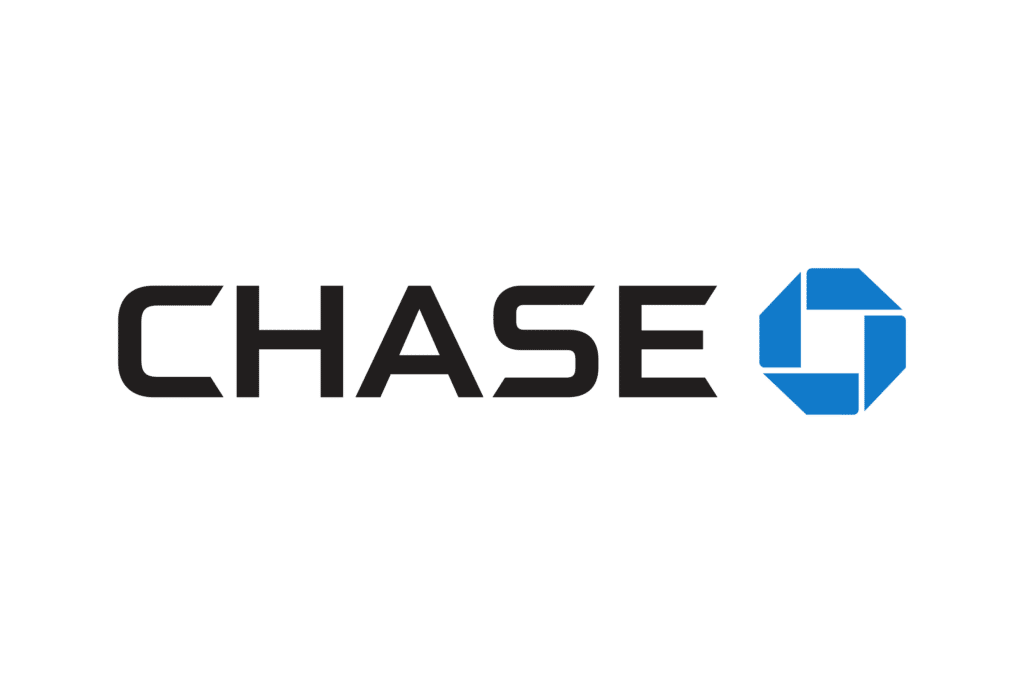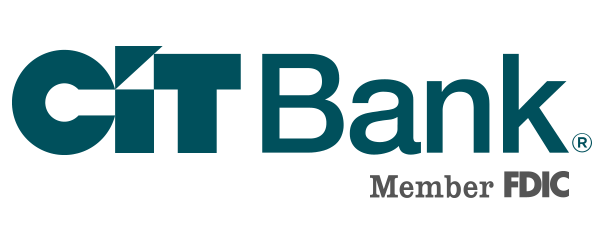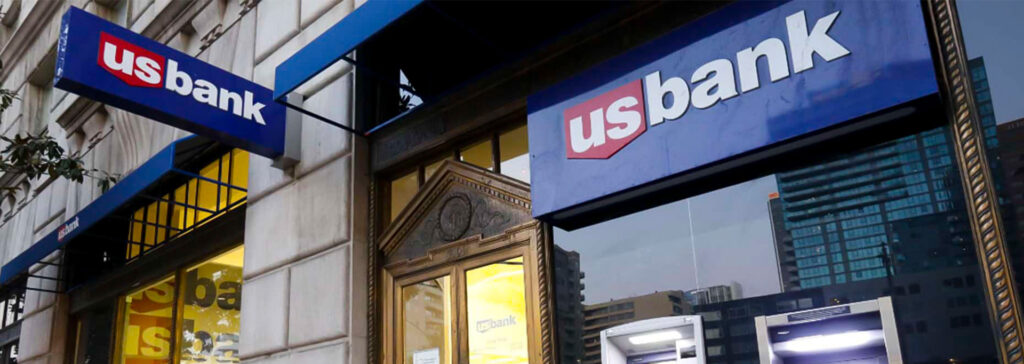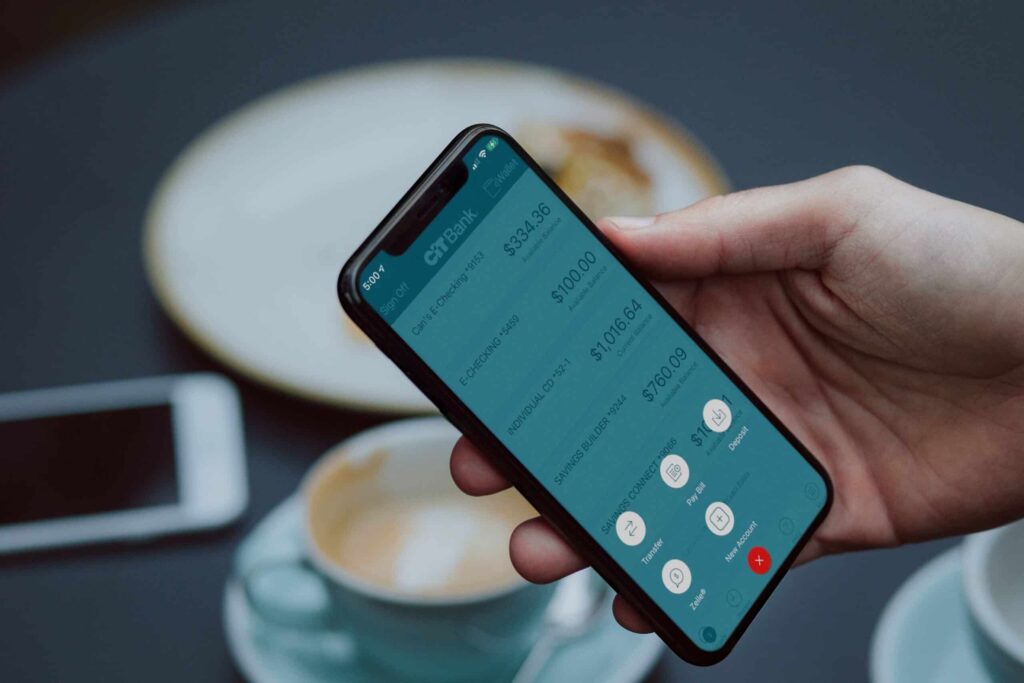Most products on this page are from partners who may compensate us. This may influence which products we write about and where and how they appear on the page. However, opinions expressed here are the author's alone, not those of any bank, credit card issuer, airline or hotel chain. This page may include information about American Express products currently unavailable on Slickdeals. American Express is not a partner of Slickdeals.
For many years, the only way to open a checking or savings account was to visit the local brick-and-mortar branch of a bank or credit union with which you wanted to do business. And while it's still possible to bank with a traditional financial institution this way, in-person banking is no longer your sole option.
Today consumers have many choices when it comes to banking. If you're in the market for a new deposit account, there are a variety of online banks and traditional banks from which to make your selection.
Storing your money with a traditional bank comes with both benefits and drawbacks. The same is true if you opt to work with an online bank instead. So, if you're on the fence about whether an online or traditional bank might be best for your banking needs, a bit more research may be in order.
The following guide can help you understand the difference between online banks vs. traditional banks. Read on to discover the pros and cons of each option.
Online vs. Traditional Banks — The Differences
In many ways, online and traditional banks work the same. Through these banks, you may be able to open checking accounts, savings accounts and borrow money as well. Yet there are a few key differences that set these two types of financial institutions apart.
Online Vs. Brick-And Mortar Banking: Key Differences
| Traditional Banks | Online Banks |
|---|---|
|
Offer physical locations; customers can visit branches in-person |
Typically do not feature physical locations |
|
Typically accept cash deposits and provide a wide network of branded ATMs |
Typically do not accept cash deposits and more limited ATM access/use |
|
Accounts tend to feature lower APYs |
Accounts tend to feature higher APYs |
|
More likely to charge fees for premium accounts |
More likely to feature premium accounts with no monthly fees |
Traditional Banks
Traditional banks are not a new concept. These financial institutions have existed in the United States for 240 years.
The primary feature that differentiates traditional banks from online banks is that with traditional banks, you have the ability to visit a branch in person. Whether you opt to do business with a large national bank or a smaller local brand, a traditional bank should have at least one brick-and-mortar location that you can stop by during business hours to speak with a live banking representative. (Note: Some traditional banks may encourage or even require you to schedule an appointment to speak with someone about your account, apply for financing and other issues you may have.)
In addition to the potential for in-person customer service, traditional banks may also offer other features that online banks do not. For example, many online banks do not accept cash deposits. And cash withdrawals from an online bank may be more limited since you're at the mercy of ATM limits and the specific cash denominations that the ATM stocks (typically twenty-dollar bills).
Recommended Bank Accounts
Chase Total Checking® Account
- Our Rating 4/5 How our ratings work
- APYN/A
- Minimum
Deposit RequiredN/A -
Intro Bonus
$300Expires April 17, 2024
New Chase checking customers enjoy a $300 bonus when you open a Chase Total Checking® account and make direct deposits totaling $500 or more within 90 days of coupon enrollment.
Chase Total Checking® is among the best entry-level accounts. It typically offers a solid bonus, and you don't have to jump through many hoops to earn it. On top of that, it’s fairly simple to waive the $12 monthly fee. However, it's worth noting that it doesn’t offer many valuable features or benefits and it’s not an interest-bearing checking account.
Overview
Chase Total Checking® is a basic checking account that doesn’t offer many premium features. However, if you can easily meet the qualifications required for the new account bonus (and to waive its monthly fee), it’s a good option for those who want an entry-level account.
Pros
- No minimum opening balance
- Multiple ways to waive monthly fee
- Bonus is relatively easy to earn
- Access to nationwide Chase branches and ATM network
Cons
- Monthly maintenance fee
- Account does not earn interest
U.S. Bank Smartly® Checking Account (Member FDIC)
- Our Rating 4/5 How our ratings work
- Minimum
Deposit Required$25 -
Intro Bonus
Up to $450Expires January 28, 2026
Earn up to $450 when you open a new U.S. Bank Smartly® Checking account and complete qualifying activities. Subject to certain terms and limitations. Offer valid through January 28, 2026. Member FDIC. Offer may not be available if you are an existing U.S. Bank customer or live outside of the U.S. Bank footprint.
If you're interested in opening a checking account with U.S. Bank, the Bank Smartly Checking Account is likely the one you'll be most interested in. This account includes a wealth of standard banking features, such as mobile check deposits and automated bill pay. While the Bank Smartly Checking Account features a $12 monthly fee, it's relatively easy to waive, and you only need $25 to open an account.
Overview
The U.S. Bank Smartly® Checking Account is a pretty standard checking account; customers get access to handy features such as personalized financial insights, automated budgeting and access to U.S. Bank Smart Rewards®. While this account features a $12 monthly service fee, there are multiple ways to get it waived.
Pros
- Frequently offers valuable welcome offer
- No surcharge fees at MoneyPass® Network ATMs
- Monthly fee is waivable
Cons
- Monthly fee
- Account not available nationwide
Online Banks
While digital banking traces its roots back to the 1980s, most early examples involve traditional banks offering online banking services. The first all-digital American bank – aptly named First Internet Bank – came about in 1999, at a time when many were still growing accustomed to the internet as a concept.
Online banking didn't really take off until the mid-2000s, at which point technological advancements such as smartphones and laptops had greatly increased internet accessibility. Big players in the online bank scene like Quontic Bank and Ally Bank launched soon after, with others following suit in the early 2010s. There are now many online banking options for consumers to choose from, with the best online banks offering a wide variety of checking accounts, savings accounts, CDs and more.
Online banks do not offer in-person banking services like traditional banks and credit unions. However, by not maintaining brick-and-mortar locations, these financial institutions are also able to reduce their expenses by a tremendous amount. In return, online banks can pass these savings on to their customers. Many online banks offer attractive benefits such as zero monthly banking fees, higher annual percentage yields (APY) on savings accounts and high-yield savings accounts.
Recommended Online Bank Accounts
CIT Bank Platinum Savings Account
- Our Rating 4.5/5 How our ratings work
- APY3.75%
Platinum Savings is a tiered interest rate account. Interest is paid on the entire account balance based on the interest rate and APY in effect that day for the balance tier associated with the end-of day account balance. *APYs — Annual Percentage Yields are accurate as of November 20, 2025: 0.25% APY on balances of $0.01 to $4,999.99; 3.75% APY on balances of $5,000.00 or more. Interest Rates for the Platinum Savings account are variable and may change at any time without notice. The minimum to open a Platinum Savings account is $100.
- Minimum
Deposit Required$100 -
Intro Bonus
Up to $300Expires January 28, 2026
*This limited time offer to qualify for a $225 cash bonus with a minimum deposit of $25,000 or a $300 bonus with a minimum deposit of $50,000 is available to New and Existing Customers who meet the Platinum Savings promotion criteria. The Promotion begins on November 20, 2025 and can end at any time without notice.
The CIT Bank Platinum Savings account offers one of the top APYs on the market right now, and CIT's flexible transfer options make it easy to access your money. So long as you're able to consistently maintain an account balance of $5,000 (the minimum amount required to earn this account's top APY) you'll likely find a lot of value in this account.
Overview
With the CIT Bank Platinum Savings Account, customers earn 3.75% APY on balances over $5,000. However, for accounts with less than $5,000, the APY falls to 0.25%. This account features a minimum opening deposit requirement of $100 and does not charge monthly maintenance fees. Accountholders also get free transfers to and from connected bank accounts, which even extends to non-CIT accounts.
Pros
- Strong APY for balances over $5,000
- No monthly service fee
- Unlimited withdrawals (uncommon perk of savings accounts)
- Free electronic bank transfers to checking accounts (even if it isn't a CIT checking account)
Cons
- APY on lower balances is unimpressive
- No fee-free ATM network
- Minimum opening deposit required
- No physical branches
UFB Direct Portfolio Savings Account

This product is currently not available via Slickdeals. All information about this product was collected by Slickdeals and has not been reviewed by the issuer.
- Our Rating 5/5 How our ratings work
- APY3.90%
UFB Direct breaks balances into five tiers, but, currently, there is only one interest rate.
- Minimum
Deposit RequiredN/A - Intro Bonus N/A
The UFB High Yield Savings Account has one of the highest interest rates we’ve seen for a high-yield savings account at up to 3.90% APY. Plus, there are no monthly fees and no minimum balance to open.
Overview
With one of the strongest high-yield savings interest rates on the market, as well as no monthly fees or minimum opening deposit, UFB Direct’s High Yield Savings Account is an extremely attractive package.
Pros
- Strong interest rate
- No maintenance fees or minimum monthly balances
- Free complimentary ATM card
- Mobile app and SMS banking
Cons
- No signup bonus
- No associated checking account
Pros and Cons
Below is a closer look at the pros and cons that both online and traditional banks have to offer.
Online Banks
Pros
- Little to no fees for banking
- May offer higher interest rates (APY)
- Large ATM networks are often available
- ATM fee reimbursement may be available
- Robust apps and online banking solutions
Cons
- No in-person banking options
- Cash deposits may not be available
- Cash withdrawals may be limited
- ATM fees may apply
- Phone, chat or online support might be slow or difficult to navigate
Traditional Banks
Pros
- In-person customer service is available
- Ability to make cash deposits
- Ability to make in-person cash withdrawals (without limits, in preferred denominations)
- Large ATM networks are often available
Cons
- Monthly fees often apply
- Interest rates (APY) often lower
- Apps and online banking options may have fewer features or be less user-friendly
- Opening a new account may be tedious
How to Choose the Best Bank for You
Gone are the days when you have to choose a single bank to serve all of your needs. It's now easy (and often wise) to store your money with more than one financial institution. Keeping your emergency fund in a separate account, for example, could help you remove the temptation to spend your savings and might help you earn a higher interest rate on your money.
If you're in the market for a new deposit account, your best bet is to shop around and see what's available. (Slick Tip: Comparison shopping is one way to figure out how to earn the highest interest on your savings.)
Don't feel like just because you have your checking and savings account with ABC Bank that you need to open a certificate of deposit (CD), for example, with the same financial institution as well. Instead, you would be better off seeing which banks offer the best CD rates and go from there.
 Related Article
Related Article
Best Bank Account Bonus Promotions in November 2025
Likewise, if you're looking for a high-yield savings account to save money for a short-term savings goal, you'd be better off comparing offers and seeing which banks have the best high-yield savings account deals. In some cases, you may be able to find bank bonuses and promotions that you can earn when you open a new bank account — and even good offers for small business checking accounts.
Bottom Line
Depending on your banking needs and preferences, you might be able to benefit from opening both online and traditional bank accounts. The good news is that you don't have to choose between these two options.
There's nothing wrong with opening both types of bank accounts and linking them together. When you choose to work with both online banks and traditional banks, you can put together a variety of financial products to take the best care of your unique financial needs.










